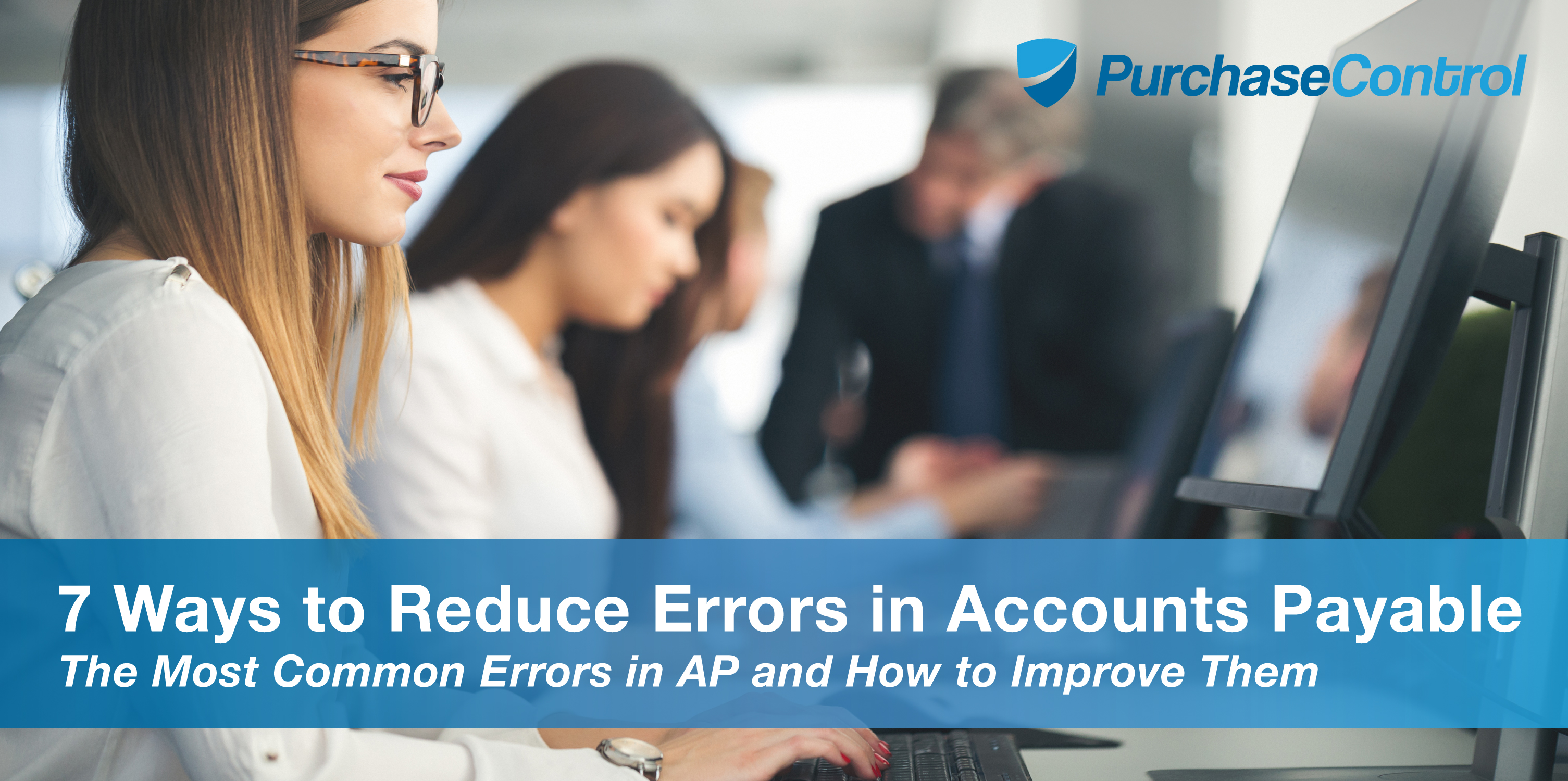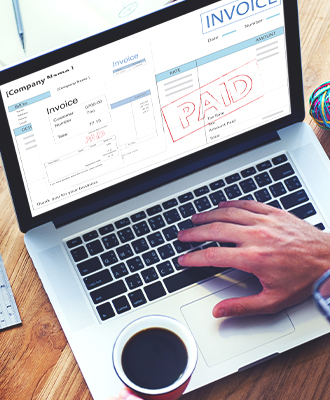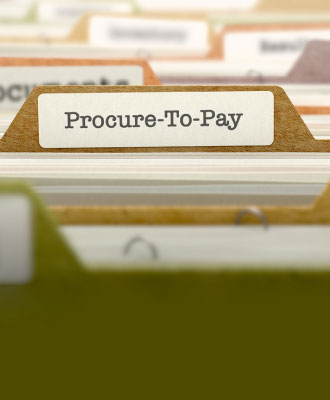Let’s say you receive invoices from three different vendors.
Your problem?
Your purchase order system has no record of the purchases.
Which means you have no idea if you should pay them.
If you work in accounts payable, you probably know the pain of this situation. It’s a common time waster in accounting and purchasing departments all over the world.
You (or someone on your staff) have to act like a detective—reaching out to people in several departments to chase things down.
You’ll send emails, make phone calls, dig through screen after screen in your e-procurement software. You might have to get up and walk across the building to ask someone a question.
Your task?
To figure out who purchased what, why, if the orders were authorized, whether you should pay the invoices, and—if the purchases weren’t authorized—how they will impact the numbers in your budgeting software.
The stress of accounts payable problems and solutions happens because accounts payable is often a place full of disparate, disconnected systems and processes.
The kind of place where errors can and do happen.
The Cost of Accounts Payable Errors
Accounts payable errors cost companies in two ways:
- Financial
- Time
Financial costs happen when money goes out when it shouldn’t.
Overpayments, double payments, payments for invoices that shouldn’t have been paid to begin with. All of these cost your company money.
Time costs happen when employees waste time chasing down details they can’t find in your purchase order system. Instead, they’re forced to track down what happened with invoices, purchase orders, or other transactions—manually.
Time costs are just as real as financial costs, even though they are often hidden—since they don’t show up directly as a line on a financial report.
“Time costs are just as real as financial costs, even though they are often hidden — since they don’t show up directly as a line on a financial report.”
5 Kinds of AP Errors
There are many errors that can happen in accounts payable, including:
Paying Invoices Before Receipt of the Product or Service
Ever accidently paid an invoice before receiving the product or service? It’s easy to do.
When things get busy, staff members sometimes approve payment for all invoices as soon as they receive them—without confirming that the product or service has been delivered.
Unauthorized Purchases
Unauthorized purchases can wreck the most carefully planned budgeting system. Every company has rules about who can make purchases and how much they can spend. Depending on the system you use, these rules might be more “guidelines” instead of true “rules” in the ordering system. In that situation, unauthorized purchases can and (probably will) happen.
Data Entry Errors
Data entry is one of the most common causes of accounts payable problems.
Who hasn’t transposed a PO number or a payable amount when entering data into a purchasing system? If your system requires manual data entry to pay invoices or create purchase orders, data entry errors are inevitable.
Matching Errors
Like invoice questions, matching errors tend to transform accounting staff into detectives. Did the box actually have 14 items when it was delivered? Or just 13?
You have no way of knowing from where you sit in accounts payable. You have to investigate.
Double Payment
Sometimes vendors send a second invoice—especially if their first invoice wasn’t processed immediately. Now you have two invoices floating around your office. It’s easy to pay them both accidentally.
7 Ways to Reduce Costly Accounts Payable Errors
If you’re struggling with accounts payable errors, here are seven things you can do to improve your process:
No More Excel
Microsoft Excel seems to be the default program people use when they lack a true procurement system.
Excel is a wonderful program, but it’s not built to give you a complete picture of your procurement process and your budget. Using Excel to track procurement almost always means manual data entry, a natural cause of errors.
Moving from Excel to a true e-procurement purchase order system is a fast way to reduce errors and exceptions in accounts payable.
Use Three-Way Matching
Three-way matching is a fantastic tool for accounts payable problem solving.
Put simply, it’s a method you can use to ensure invoice payments are complete and accurate. The goal is to find any discrepancies in the three important documents in the purchasing process:
- Purchase orders
- Order receipts or packing slips
- Invoices
The three-way matching process, which is built into PurchaseControl, can help prevent overspending or payment for an item you haven’t received.
Ensure End-to-End Visibility
You should be able to see the entire process—who ordered what, who signed for deliveries, who matched the packing slip, when the invoice was paid—without having to send an email or make a phone call.
That way you’ll have everything you need if there’s a problem—including knowing whom you should contact if you have a question.
Having full visibility also means your life will be much easier if you ever get audited.
Set Up Advanced Permissions
- Orderer
- Reviewer
- Approver
Advanced permissions take this idea further, giving your IT manager, for example, broad approval status for IT-related purchases, but nowhere else.
Advanced permissions can be as complex and detailed as you need. Using them gives you much more control over who can order what, which will cut down on unauthorized spend.
Real-Time Budgeting Software
Modern purchasing programs include live, up-to-the-minute budgeting software.
Real-time reporting can help you make decisions about purchases, and they can help you spot and correct errors faster than you can with traditional daily or weekly reports.
Stop Using Paper
If a piece of paper is required at any step of your procurement process, that’s a piece of paper that could go missing.
A complete, end-to-end e-procurement process eliminates the cumbersome paperwork, replacing it with an electronic record that’s much easier to track, use, and manage.
Integrate Your Systems
Duplicate data entry is one of the primary causes of unnecessary manual data entry in accounting.
If you use market-leading accounting solutions like Sage or Twinfield, make sure your purchase order system can seamlessly move data into and out of your accounting system.
This will eliminate much of the duplicate data entry that would be necessary with a non-integrated system.
Conclusion
PurchaseControl is built to help you solve accounts payable problems, work faster, and make fewer errors in the process.
We hope you’ll consider contacting us today to schedule a free demo of PurchaseControl. We’d love to show you how upgrading your purchasing system can help you meet and exceed your spend management targets and goals.
Discover how PurchaseControl can reduce accounts payable errors and streamline your processes
Find Out How








